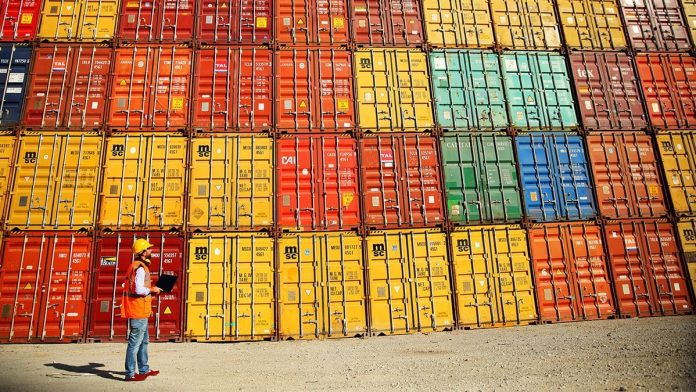The number of cellular IoT connections, comprising NB-IoT and LTE-M technologies, will reach 4.1 billion in 2024.
As reference, the new forecast reckons the number of cellular IoT connections, mostly of machines, will outrun the total number of 5G connections, mostly of people, by a ratio of about 2.7:1 in the period.
This is the latest update from Ericsson’s bi-annual mobility report. The forecasts are consistent with its last instalment, from June, which projected an earlier 2023 total of 3.5 billion cellular IoT connections; its 2023 estimate for 5G was closer one million.
However, the compound annual grown rate for cellular IoT has slipped from 30 per cent in the period to 2023, according to Ericsson’s last mobility report, to 27 per cent in the period to 2024. Since 2013, Ericsson said the number of cellular connected devices has grown at a rate of 33 per cent per annum.
Service providers have announced 25 new cellular IoT networks since June, at Ericsson’s last count. There are now 85 LTE-M and NB-IoT networks, globally.
Most deployments, connections, and growth will come in North East Asia, where the total will reach 2.7 billion by 2024. Further growth will come as new networks and devices are deployed, forcing chipset prices down further.
 Within the report, which headlined with statistics about the unstoppable growth of 5G in the period to 2024, Ericsson noted the trend among mobile operators to deploy a single IoT network for both NB-IoT and LTE-M technologies.
Within the report, which headlined with statistics about the unstoppable growth of 5G in the period to 2024, Ericsson noted the trend among mobile operators to deploy a single IoT network for both NB-IoT and LTE-M technologies.
This twin deployment strategy gives them the scope to address a more diverse range of use cases at once, including for utilities, smart cities, logistics, agriculture, manufacturing and wearables.
Cellular IoT traffic still represents a small portion of total mobile traffic in service providers’ networks. Most still runs on 2G networks, and much of it makes minimal demand on bandwidth.
The traffic generated by IoT applications is a function of message size, message interval, and number of devices deployed per square kilometre. Data packets for a simple sensor are 100–150 bytes, typically, with a payload comprised of a device ID, time stamp and reported data values.
NB-IoT technology is capable of supporting data rates of 227Kbps in uplink and 250Kbps in downlink. LTE-M, also standardised for massive IoT applications, is capable of supporting data rates up to 1Mbps in both the uplink and downlink.
But Ericsson noted more advanced IoT use cases, including for device mobility, are emerging, and selecting cellular technologies, including LTE and future 5G networks.
Newer IoT applications have stringent requirements also in terms of availability, delay and reliability, and applications like traffic safety, automated vehicles, drones and industrial automation will generate more data traffic.
 Meanwhile, Ericsson said 5G will reach more than 40 per cent of the global population, and 1.5 billion subscriptions, by the end of 2024, making 5G the fastest growing generation of cellular technology to be rolled out on a global scale.
Meanwhile, Ericsson said 5G will reach more than 40 per cent of the global population, and 1.5 billion subscriptions, by the end of 2024, making 5G the fastest growing generation of cellular technology to be rolled out on a global scale.
North America and North East Asia will lead 5G uptake. In North America, 5G subscriptions will account for 55 per cent of mobile subscriptions by the end of 2024. In North East Asia, the corresponding forecast figure is more than 43 per cent.
In Western Europe, 5G is forecast to account for some 30 per cent of mobile subscriptions in the region by end of 2024.

